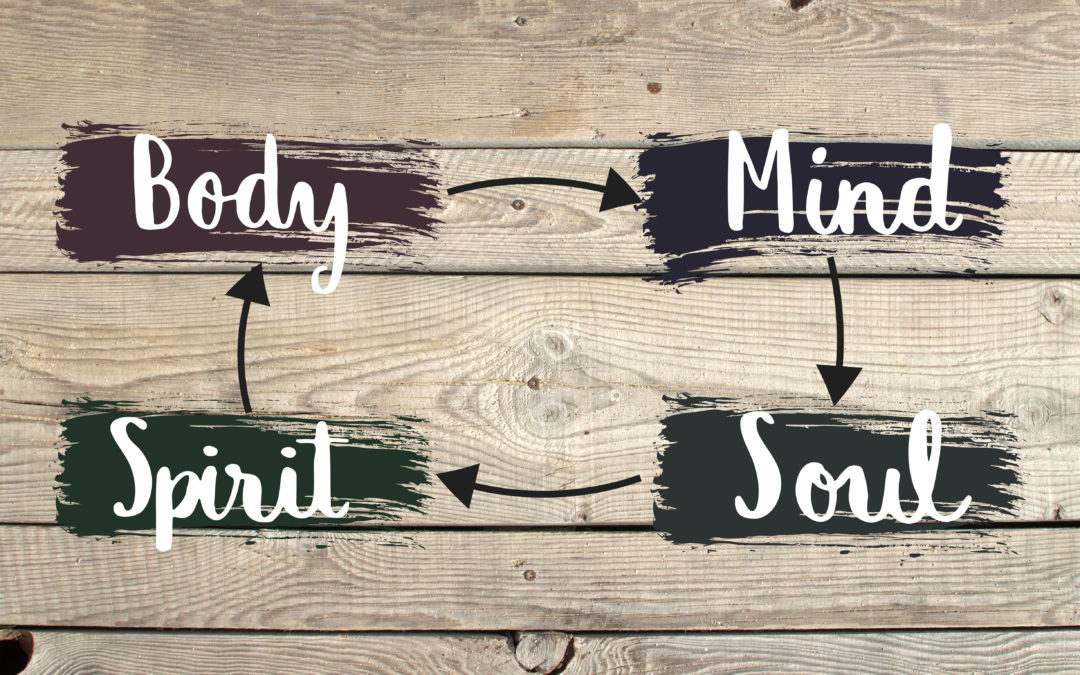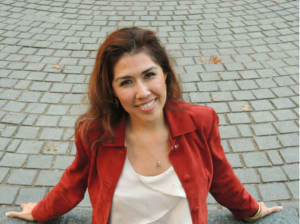Caroline E. Ortiz, MS, MPH, RN, NC-BC, Associate Professor, Holistic Nursing, Pacific College of Health and Science, grew up in a bicultural and bilingual household. So it’s not surprising that she learned a great deal about traditional healing practices of Mexican-American women —especially from her grandmother.
When Ortiz decided to pursue a PhD, she chose this topic to study. We interviewed her about it to see what all nurses could learn from her research.
How did you get interested in the traditional healing practices of Mexican-American Women? Why did you choose this for your PhD topic?
Growing up in deep South Texas on the coastal border with Mexico, I was raised in a bicultural/bilingual region where Mexican culture and traditions mixed with those considered American. My mom was a nurse, so when we were sick, she would take us to the pediatrician. However, if we were staying with our grandmother—my mom worked a lot—she would either administer home remedies or take us one block down the road to the local traditional healer.
As a child, I did not understand the difference between Western biomedicine and traditional medicine. I just knew that receiving care from my grandmother and the local healer felt so much more love-infused than when taken to the doctor. As I further explored complementary and alternative medicine and holistic nursing, the childhood memories of my grandmother’s healing rituals and remedies and the feelings of being deeply cared for returned.
My decision to study traditional healing practices among Mexican-American women of deep South Texas is more an act of honor and gratitude to my ancestral medicine-keepers than being strictly an intellectual endeavor. Through this work, I am returning home to learn from caregivers and healers with the intention of sharing what the traditional medicine from ancient Mesoamerica by way of Mexico can teach us today about well-being and healing in mind, body, spirit, and emotions.
Have you or anyone you know actually practiced these traditional healing techniques? If so, please say which ones and explain.
Yes.
- Plática – an organically unfolding heart-centered talk for arriving at the root of a problem and mutually working it through to resolution
- Limpia – an energetic spiritual cleansing using various tools, such as healing herbs or a whole, uncooked egg, meant to harmonize imbalanced physical, emotional, mental, or spiritual aspects
- Botanicals – the use of healing herbs and botanicals for numerous ailments (physical, emotional, or spiritual) in a variety of preparations, including infusions, tinctures, or in natural form; Commonly used are rue, basil, rosemary, chamomile, rose, sage, lavender, fever few, cinnamon, and aloe vera.
These practices are commonly noted in Mexican-American communities today, whether used by informal caregivers independently or with the assistance of a traditional healer.
How do you think that your research may help the nursing field? Should some of these practices be used in Western medicine? Or are you focusing more on how and why nurses should be aware of these practices?
My intentions are to share with nurses and health care practitioners and leaders what so many patients are practicing and have kept as valuable cultural expressions for improving health, healing, and well-being individually and collectively.
Why is it important for the health care field to be aware of these traditional healing practices?
Research shows that medical pluralism is commonplace, especially in geographical regions where cultures intersect, as they do along the U.S.-Mexico border. This means that people are utilizing more than one medical system or paradigm of care at a time. However, patients of Mexican ancestry are often not disclosing their home treatments to health care providers, and their providers are often not exploring those practices beyond a superficial level, if at all.
The standard of high-quality health care includes being effective, safe, and culturally responsive. Knowing more about traditional medical practices in U.S. communities of Mexican origin and leveraging their potential for improving health expands opportunities for meeting those standards. Moreover, the U.S. medical system may come to learn additional approaches to health, healing, and well-being practiced by other cultures with positive outcomes. The World Health Organization’s Traditional Medicine Strategy has the incorporation of traditional medicine into Western health care systems as one of its goals for increasingly accessible and equitable health care worldwide.
Is there anything I haven’t asked you about that is important for our readers to know?
Curanderismo is the Spanish term describing traditional medicine from ancient Mesoamerica and currently practiced by many communities in Mexico, Central America, the Andes, and the Amazon. It comes from the word curar, meaning “heal.” In curanderismo, the health state means being in harmony internally and externally. Internal harmony balances the physical, mental, spiritual, and emotional aspects, while external harmony balances the self in relationship with others, the natural world, and the greater, multi-dimensional universe. However, this paradigm, in essence, acknowledges no separation between any of these elements.
[et_bloom_inline optin_id=optin_45]
- What an MSN Can Do for You - October 18, 2023
- The National League for Nursing: Connecting the Academic and Clinical Worlds for 130 Years - August 16, 2023
- Treating Burnout, Trauma, and Grief with Dance - July 14, 2023




